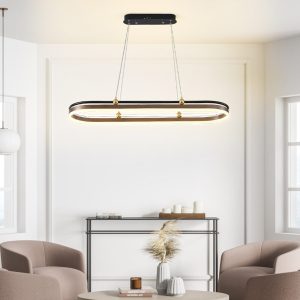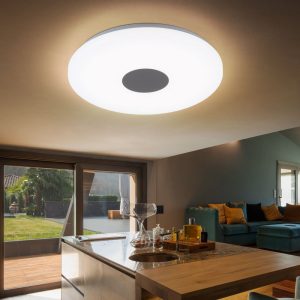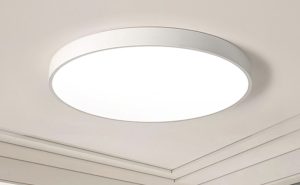
Introduction
Landing lights are a critical component of aircraft safety, especially during the takeoff and landing phases of flight. These lights help pilots see the runway and approach in low-light conditions, such as night-time, dawn, or dusk. In this article, we will explore the importance of landing lights in aircraft safety.
What are Landing Lights?
Landing lights are powerful light bulbs that illuminate the runway and surrounding areas during takeoff and landing. Typically located in the airplane’s nose, they can produce a forward-facing beam of light that can reach over a mile away. These high-intensity lights can also be directed up to 20 degrees below the horizon to help pilots see the runway surface and approach.
Why are Landing Lights Important?
Landing lights are essential for pilots to see the runway and approach during takeoff and landing. In low-light conditions, these lights allow pilots to identify and avoid obstacles, such as other aircraft, buildings or terrain, and safely navigate the approach path.
The landing light system is also critical for other aircraft nearby as it makes the plane more visible in the sky, reduces the risk of a collision, and provides an added layer of protection for passengers and crew.
The Benefits of Using Landing Lights
Landing lights offer several benefits to pilots, passengers, and the aircraft itself. These include:
Enhanced Visibility
In low-light conditions or poor weather conditions, landing lights improve visibility, and assist pilots in identifying and avoiding obstacles that may be on the runway or approach path.
Increased Safety Measures
Landing lights provide additional safety measures for other aircraft by making the plane more visible to planes in the vicinity, reducing the risk of mid-air collision.
Improved Passenger Comfort
During takeoff and landing, passengers tend to experience discomfort due to the impact of aircraft on the runway. Landing lights provide additional illumination to the runway, allowing a smoother approach and a more comfortable experience for passengers.
Regulations for Landing Lights
All commercial aircraft and most private planes are required to have landing lights installed and in working order at all times. The Federal Aviation Administration (FAA) ensures that all planes comply with these requirements and may impose fines or penalties for non-compliance.
In addition to FAA regulations, aircraft manufacturers often have specific guidelines on the use of landing lights. Pilots must adhere to these guidelines to maintain compliance with the aircraft’s operating manual.





























